Seafood plays a vastly different role in diets around the world. Some nations build their entire food culture around ocean harvests, while others rarely see fish on their plates. Geography, tradition, and religion all shape these differences. Let’s explore which countries embrace seafood as a cornerstone of their cuisine and which ones have developed food traditions that barely include it.
1. Japan
The Japanese relationship with seafood borders on reverence. Morning fish markets buzz with activity as chefs select the freshest catches for their restaurants. With nearly 4,000 miles of coastline, Japan has built its national identity around ocean harvests.
Japanese people consume an impressive 50-60 kg of seafood per person annually. This deep connection stems from both geography and Buddhist influences that historically promoted fish over meat.
Beyond the internationally famous sushi and sashimi, Japanese cuisine features countless seafood preparations: grilled unagi (eel) glazed with sweet sauce, delicate tempura, hearty miso soups swimming with clams, and regional specialties like Hokkaido’s sea urchin that showcase the country’s marine bounty.
2. Norway
Vikings once sailed Norway’s rugged coastline, and today’s Norwegians maintain their seafaring ancestors’ connection to the ocean’s bounty. The country’s cold, clean waters produce some of the world’s finest salmon, cod, and herring, making Norway both a major consumer and exporter of seafood.
Fishing villages dot the coastline where generations have harvested from the sea. The Norwegian diet features fish at breakfast, lunch, and dinner—from smoked salmon on morning bread to lunchtime fish cakes to dinner’s poached cod.
Traditional preparations like gravlax (cured salmon with dill) and rakfisk (fermented trout) demonstrate Norwegians’ ancient preservation techniques. More adventurous eaters might try cod tongue, considered a delicacy, while everyday meals often include simple grilled fish with potatoes.
3. Iceland
Surrounded by the frigid North Atlantic, Iceland’s relationship with seafood wasn’t just culinary preference—it was survival. This island nation’s harsh landscape offered little farming opportunity, forcing Icelanders to master fishing and preservation techniques centuries ago.
Today, despite modernization, seafood remains central to Icelandic identity. The country ranks among Europe’s highest fish consumers per capita, with most meals featuring something from the sea.
Icelandic cuisine includes hearty plokkfiskur (fish stew with potatoes), which warms during long winters. More notorious is hákarl—fermented shark with an ammonia smell that challenges even adventurous eaters. Cod appears in countless forms, reflecting its historical importance to Iceland’s economy and diet. Fishing remains one of the country’s most important industries.
4. Portugal
Portugal’s love affair with the sea spans centuries of exploration, fishing, and culinary innovation. Boasting the highest seafood consumption per capita in the European Union, Portuguese kitchens serve fish and shellfish almost daily. The country’s 500-mile coastline ensures fresh catches year-round.
Bacalhau (salt cod) stands as Portugal’s unofficial national dish, with locals claiming there are 365 ways to prepare it—one for each day of the year. Fresh sardines grilled over open flames become a celebrated summer ritual, especially during June festivals.
From octopus salad drizzled with olive oil to cataplana (seafood stew steamed in a copper pan), Portuguese cooking celebrates simplicity that highlights the ocean’s flavors. Fish markets like Lisbon’s Mercado da Ribeira showcase the diversity of Atlantic catches that feed this seafood-obsessed nation.
5. South Korea
South Koreans embrace seafood with characteristic enthusiasm and creativity. The peninsula’s three-sided coastline provides abundant marine resources that appear in everything from humble soups to elaborate royal court dishes. At approximately 58kg per person annually, their seafood consumption ranks among the world’s highest.
Markets like Seoul’s Noryangjin display living octopus, abalone, and hundreds of fish species. Many Koreans start their day with seaweed soup, while lunch might feature mackerel grilled right at the table.
Raw preparations shine in hoe (similar to sashimi) served with chili paste and garlic. Jeotgal (fermented seafood) adds complex flavors to many dishes, including the national favorite kimchi. Coastal regions like Busan specialize in seafood soups and stews that showcase regional fishing traditions dating back thousands of years.
6. Thailand
Thailand’s relationship with seafood blends abundance with artistic preparation. With over 2,000 miles of coastline plus rivers and lakes, Thai cooks have endless aquatic ingredients at their disposal. The country’s tropical waters yield everything from tiny shrimp to massive barracuda.
Famous dishes like tom yum goong (spicy shrimp soup) balance four fundamental Thai flavors: sour, sweet, salty, and spicy. Street vendors grill squid on skewers, brushing them with sweet chili sauce, while upscale restaurants serve whole fish steamed with lime and garlic.
Crab appears in yellow curries thick with coconut milk, while prawns star in the internationally beloved pad Thai. Fish sauce—made from fermented anchovies—forms the foundation of Thai cooking, appearing in nearly every dish as a salty, umami-rich seasoning that connects all Thai food to the sea.
1. Ethiopia
Ethiopia’s culinary traditions developed far from oceanic influences. This ancient land-locked nation relies instead on grains, legumes, and vegetables as dietary staples. Religious practices further limit seafood consumption—the Ethiopian Orthodox Church observes numerous fasting days when animal products are avoided entirely.
Traditional Ethiopian meals center around injera, a sourdough flatbread topped with various stews. These typically feature lentils, split peas, or occasionally meat, but rarely fish. When protein appears, it’s more commonly beef, lamb, or chicken.
The country’s few fish dishes come from lakes like Lake Tana, where tilapia and catfish might be prepared with berbere spice blend. However, these remain regional specialties rather than national staples. Most Ethiopians might go months without eating fish, making the country one of the lowest seafood consumers globally.
2. Afghanistan
Afghanistan’s rugged mountain landscape has shaped a cuisine where seafood rarely appears. This landlocked country, with its continental climate and historical isolation, developed food traditions around what was locally available: grains, nuts, yogurt, and land animals.
Afghan meals typically feature rice dishes like kabuli pulao (rice with meat and raisins) or hearty stews served with naan bread. Meat—particularly lamb and chicken—holds the place of honor that fish might occupy in coastal nations.
The few water bodies within Afghanistan provide limited freshwater fish, but these remain uncommon in daily cooking. Transportation challenges further restrict seafood access, as importing fresh fish across mountainous terrain proves difficult and expensive. Consequently, many Afghans might never taste seafood throughout their lives, creating a cuisine that developed entirely without oceanic influences.
3. Nepal
Nestled high in the Himalayas, Nepal’s cuisine evolved without significant seafood influence. The country’s dramatic elevation changes—from subtropical lowlands to the world’s highest peaks—created diverse regional cooking styles, yet fish remains notably absent from most tables.
Nepalese daily meals revolve around dal bhat (lentils and rice), often accompanied by vegetable curries and pickles. When protein appears, it typically comes from goat, chicken, or buffalo rather than aquatic sources.
Southern Nepal’s rivers do provide some freshwater fish opportunities, with local specialties like fish curry appearing occasionally in the Terai region. However, preservation challenges and religious beliefs (many Hindus avoid certain meats) further limit seafood consumption. The country’s isolation historically prevented fish imports, resulting in culinary traditions that developed independently from marine influences.
4. Chad
Chad’s harsh desert environment creates one of the world’s most challenging food landscapes. This landlocked central African nation, dominated by the Sahara Desert in the north and savanna in the south, developed cuisine based on necessity and limited resources rather than preference.
Lake Chad provides some fishing opportunities, but poor infrastructure makes distributing catches difficult beyond shoreline communities. Most Chadians rely instead on sorghum, millet, and occasionally livestock for sustenance.
Traditional meals feature boule (thick porridge) with okra or peanut-based sauces. When available, meat typically comes from goats, sheep, or cattle herded by nomadic populations. The combination of geographic isolation, extreme climate, and limited transportation networks makes Chad one of the world’s lowest seafood consumers, with fish appearing only in localized diets near water sources.
5. Paraguay
Paraguay stands as a testament to how geography shapes food culture. Despite having significant rivers, including the Paraguay and Paraná, this landlocked South American nation developed a cuisine dominated by beef rather than fish. Paraguayans proudly embrace their cattle-raising heritage, with asados (barbecues) forming the centerpiece of social gatherings.
Corn and cassava serve as staple starches, appearing in dishes like sopa paraguaya (a corn bread) and chipa (cheese bread). When protein is featured, it’s overwhelmingly beef, prepared simply over open flames or in hearty stews.
Some river fish like dorado or surubí occasionally appear in regional cooking, particularly in communities along waterways. However, these remain secondary to the country’s beef obsession. The transportation challenges of importing seafood and strong cultural preferences have maintained Paraguay’s status as one of South America’s lowest fish consumers.
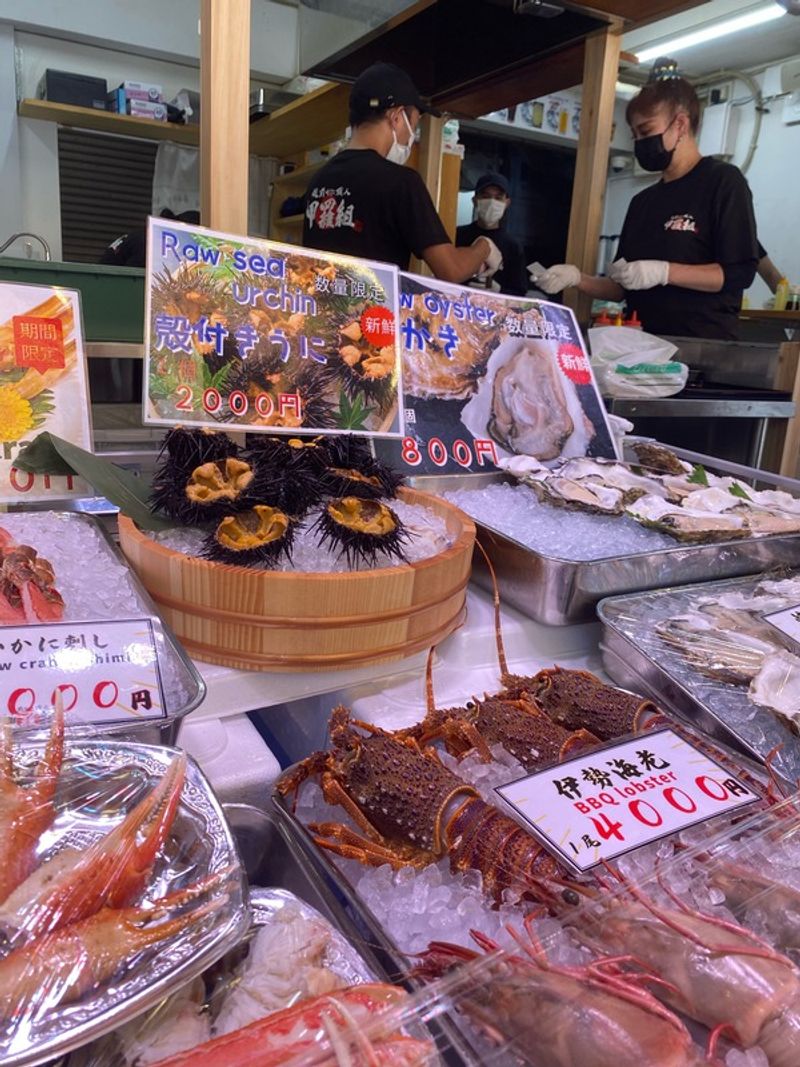
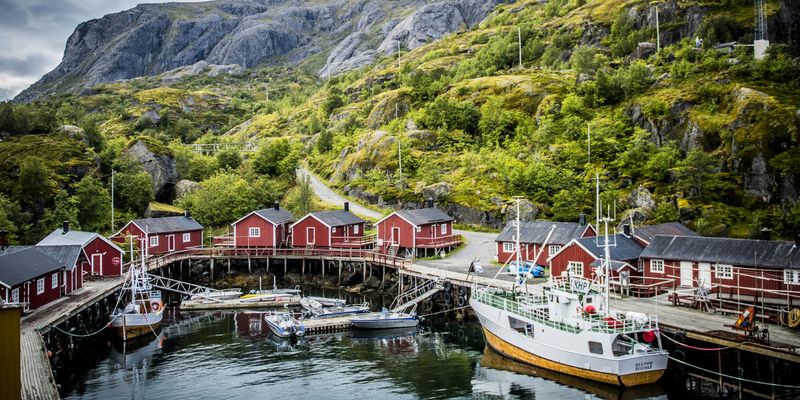

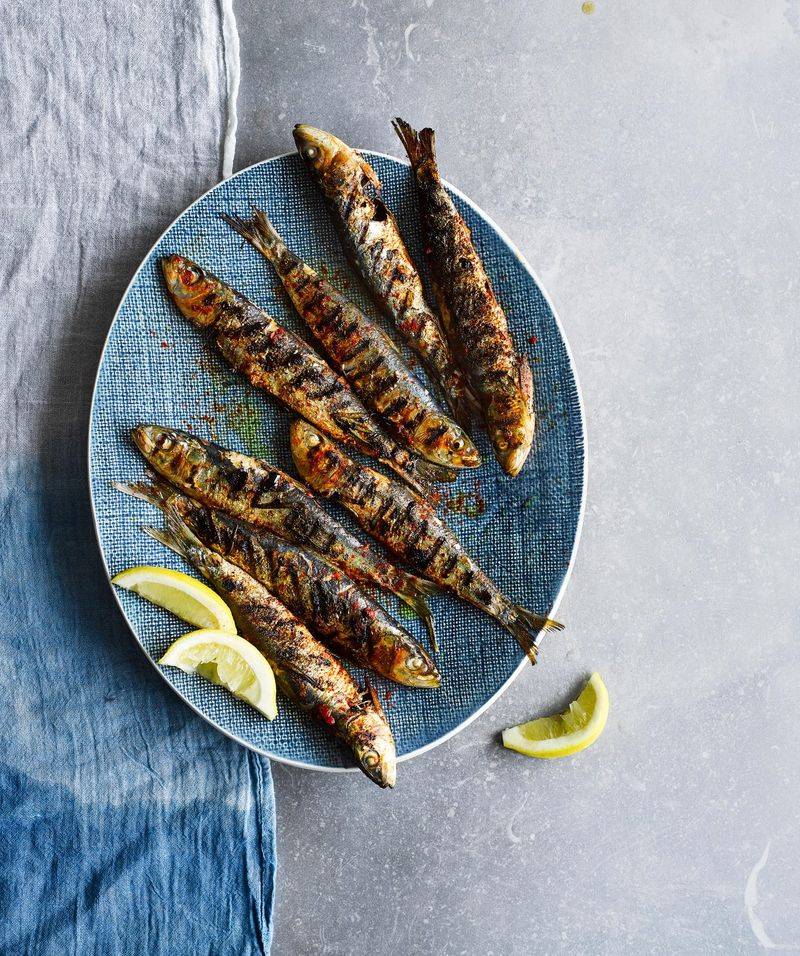
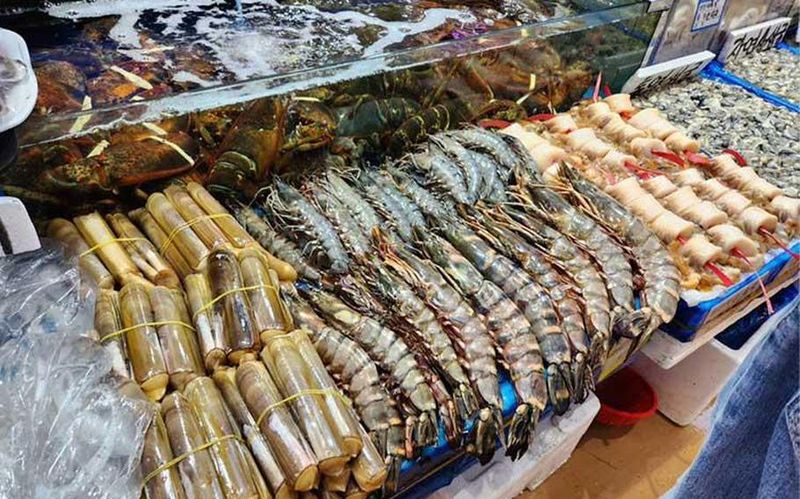
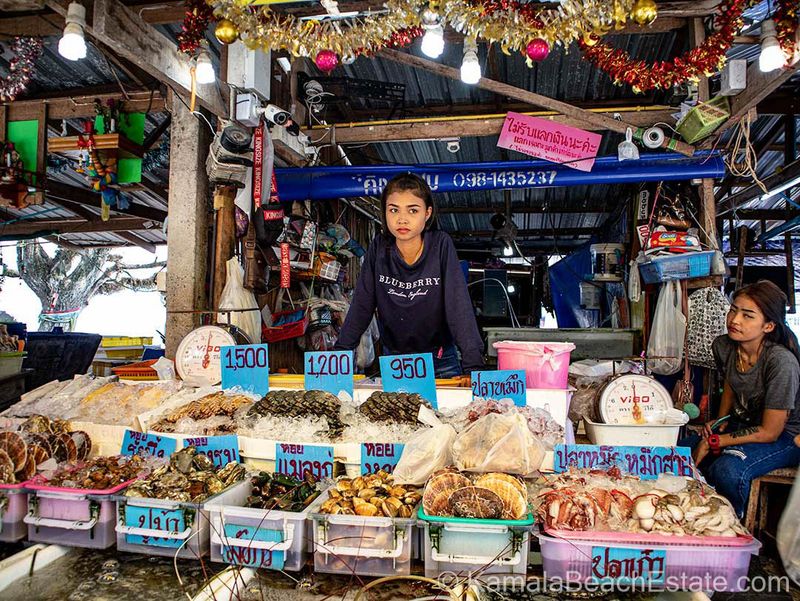
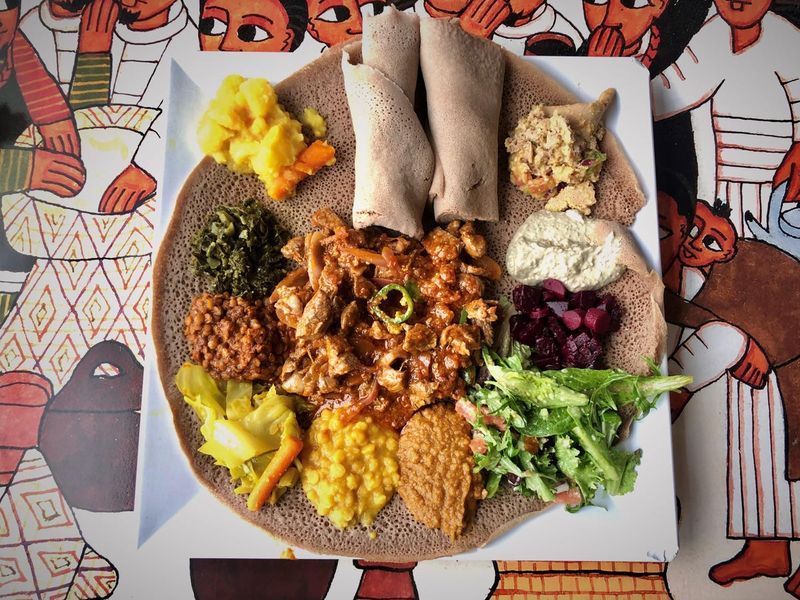
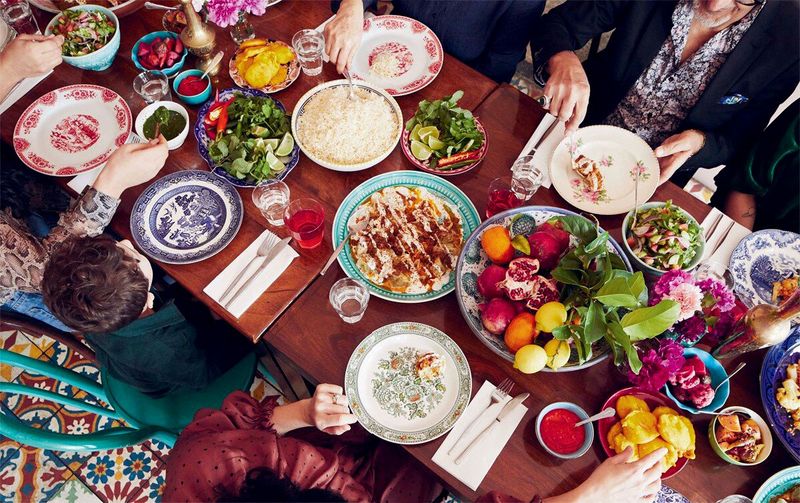
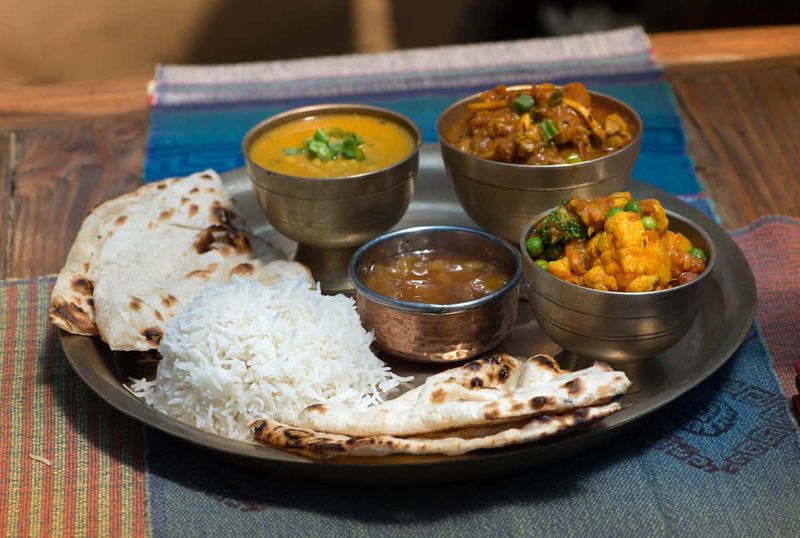
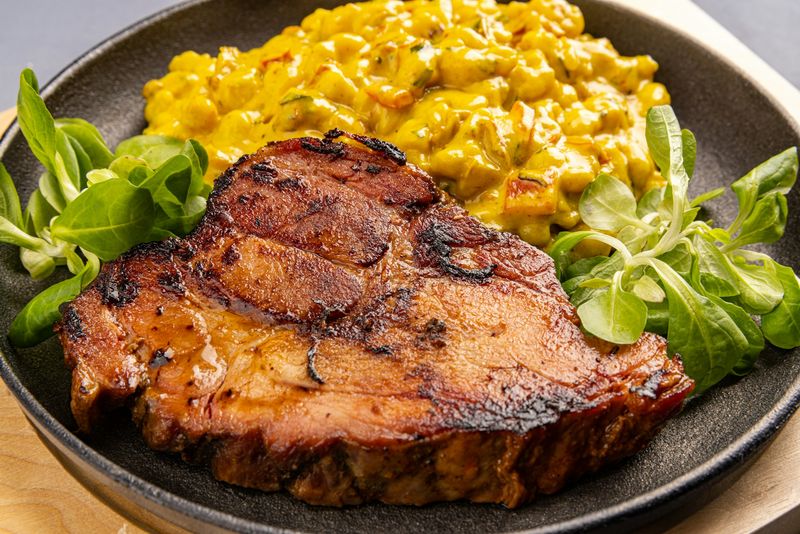

Leave a comment